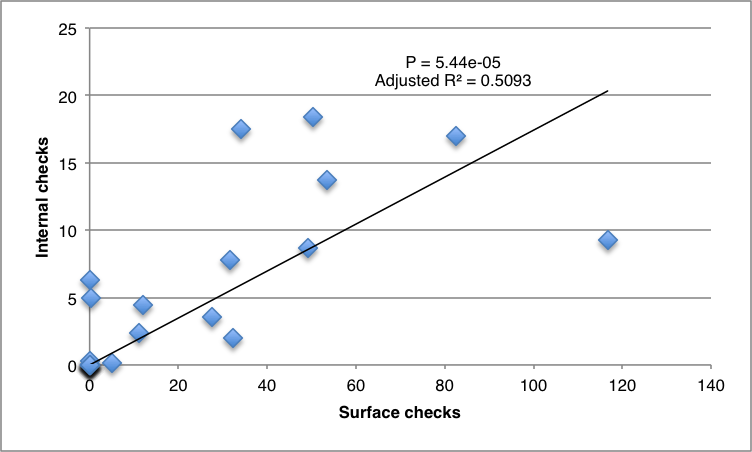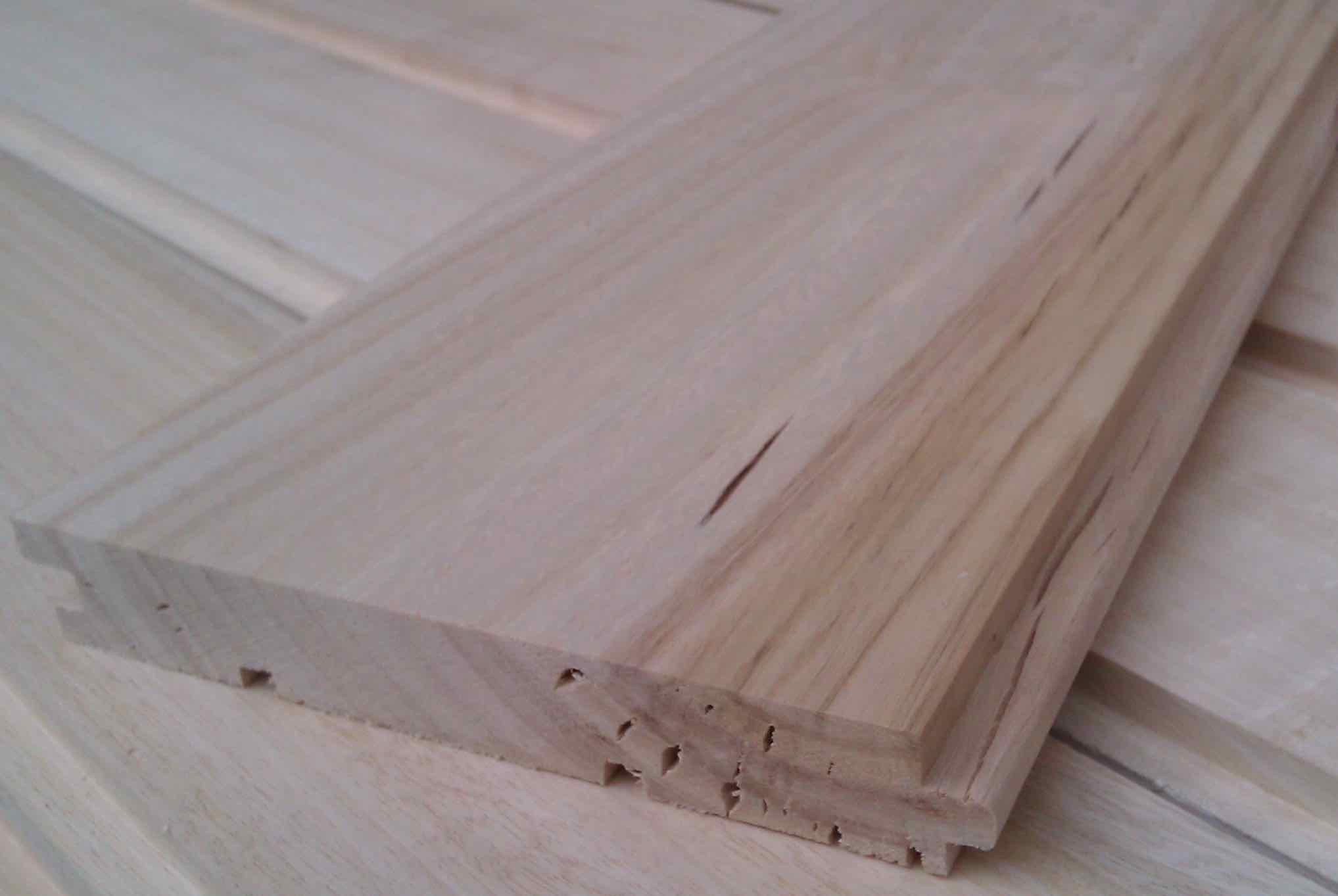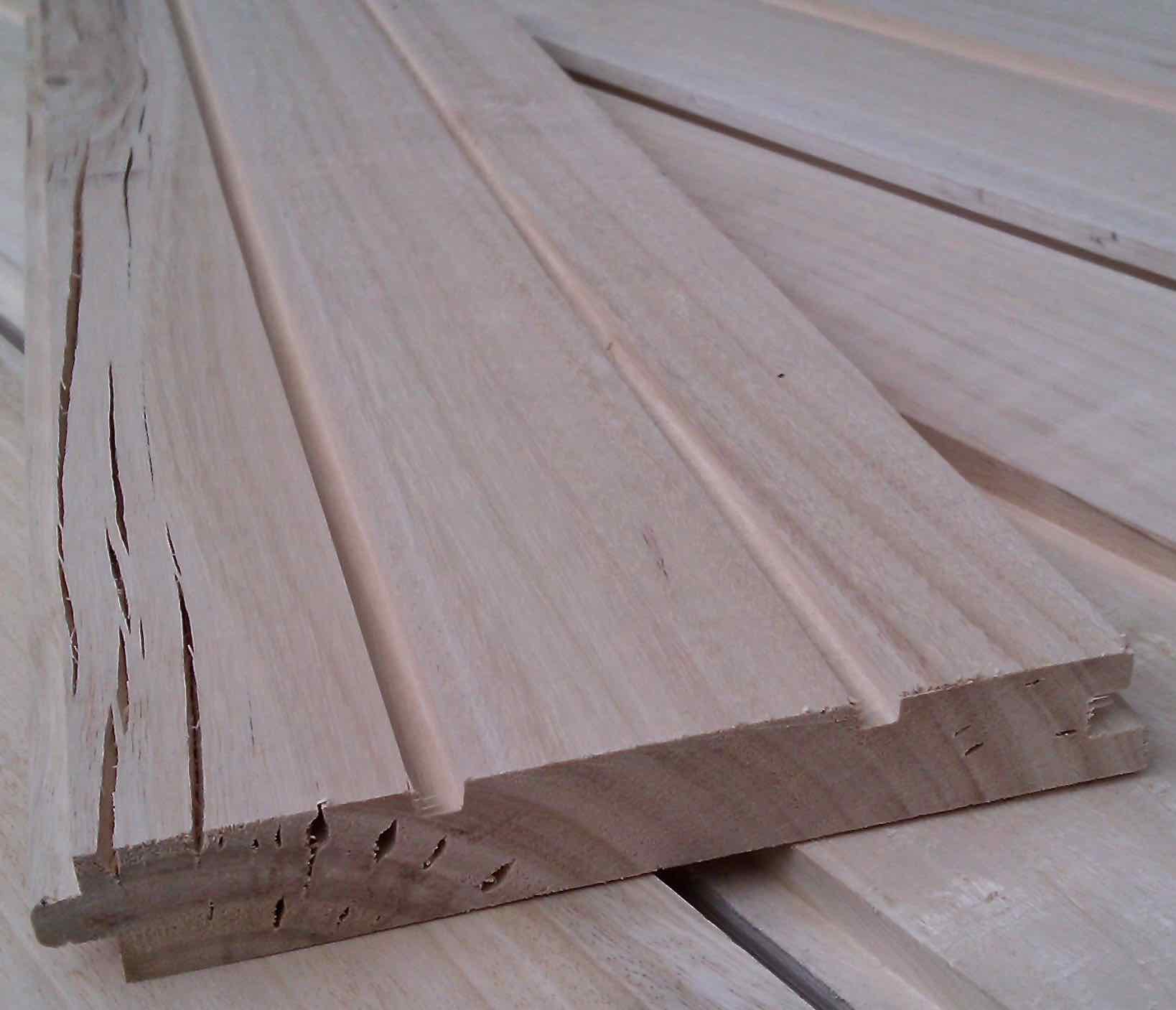Eucalyptus nitens, recovery and economics of processing 15 year old trees for solid timber
Report Date: May 2015
Author: Dean Satchell, Sustainable Forest Solutions, R.D. 1 Kerikeri, Northland 0294
+64 21 2357554
Special thanks and acknowledgement go to:
- MPI Sustainable Farming Fund
- Neil Barr Farm Forestry Foundation
- John Fairweather Specialty Timbers
- North Canterbury, South Canterbury, South Otago and Southland branches of NZFFA
- NZFFA Eucalyptus Action Group
- NZFFA Research committee
Appendix 2: Sawn timber price estimates
Appendix 3: Literature review - Value-based survey pricing methods
Appendix 4: Literature review - Estimating profitability of growing E. nitens for solid timber production
Appendix 5: Sawmilling method
Appendix 6: Flooring price survey instrument
Appendix 7: Survey results table
Appendix 8: Survey analysis
Appendix 9: Wood physical properties, test results
Appendix 10: Glossary of terms
Appendix 11: Case study stand plot
Appendix 12: Comparison between levels of internal and surface checking
Appendix 13: Air drying experiment
Appendix 14: Sensitivity analysis
Appendix 12: Comparison between levels of internal and surface checking
1. Methods
Internal checking
Twenty-four blanked 75 mm width sample boards were selected randomly and docked into pieces no shorter than 40 cm. These pieces were docked no closer than 20 cm from the ends of the board. Knots and Box defect were avoided and docked surfaces were not measured for checking where closer than 5cm from knots.
Internal checks were counted from one surface of each piece docked, summed for the board, then divided by the number of pieces checks were counted from. Where a surface check extended more than 2 mm from the dressed surface on a docked surface, this was classed as an internal check.
Two categories of internal checking were recorded:
- Where the width exceeded 1mm.
- Where the width was less than 1mm.
The greater than 1 mm check score was then weighted by multiplying this by two and the check scores were added together for a check score result across categories.
Surface checking
Surface checking was also recorded as two categories.
1. Surface checks less than 1 mm wide:
- Percentage of the board length with checks present where the width was less than 1mm, averaged between front and back faces.
- Number of surface checks less than 1 mm wide per lineal metre, averaged between front and back faces.
2. Surface checks greater than 1 mm wide:
- Percentage of the board length with checks present where the width was more than 1mm, averaged between front and back faces.
- Number of surface checks greater than 1 mm wide per lineal metre, averaged between front and back faces.
A surface check score for each category was calculated as the average between percentage of surface checks and number of surface checks per lineal metre. The greater than 1 mm check score was then weighted by multiplying this by two and the check scores were added together for a check score result across categories.
Statistics were calculated using the “R” statistical software package and the linear model function.
2. Results
Internal Checking and Surface Checking Comparisons
Levels of surface checking and internal checking were significantly correlated, r = 0.73, p = 5.44e-05. The relationship is presented below.
Internal check scores compared with surface check scores.


'Internal' checks showing as 'surface' checks on the profiled surface.

Internal and surface checks showing in the blanked surface. These are in the last band of earlywood heartwood.


Heavy internal checking showing also as surface checking. Note this is most severe where the board becomes flatsawn, but may also have something to do with being close to the discoloured core.
Disclaimer: The opinions and information provided in this report have been provided in good faith and on the basis that every endeavour has been made to be accurate and not misleading and to exercise reasonable care, skill and judgement in providing such opinions and information. The Author and NZFFA will not be responsible if information is inaccurate or not up to date, nor will we be responsible if you use or rely on the information in any way.

 Farm Forestry New Zealand
Farm Forestry New Zealand

